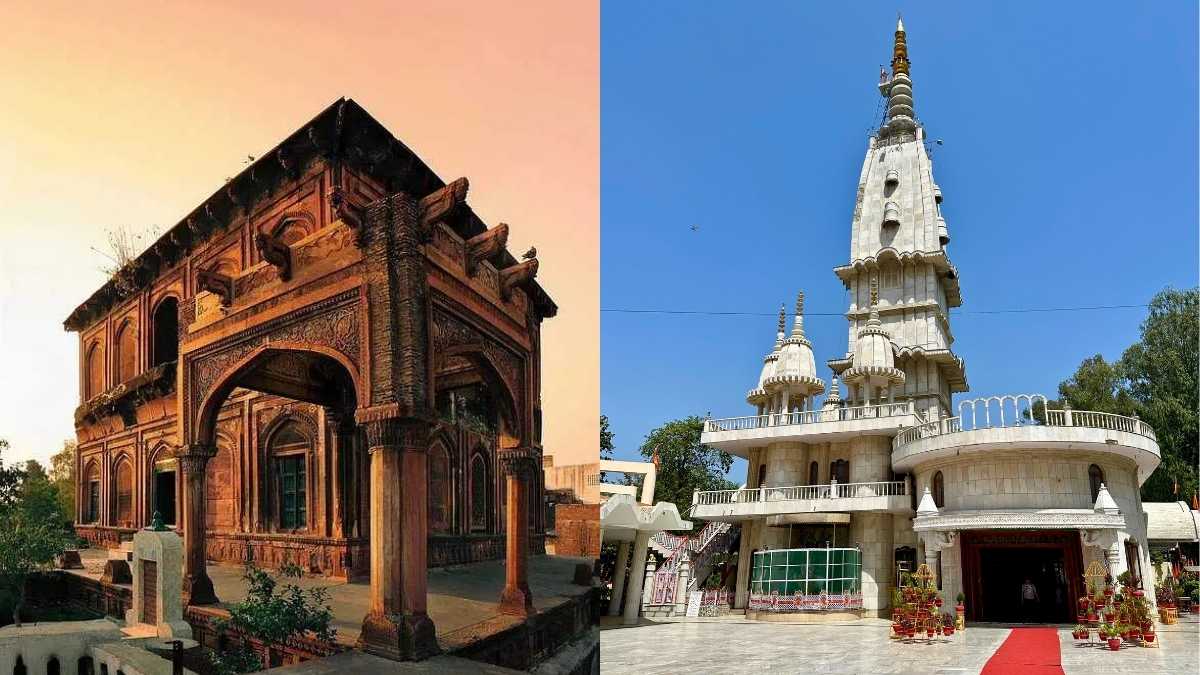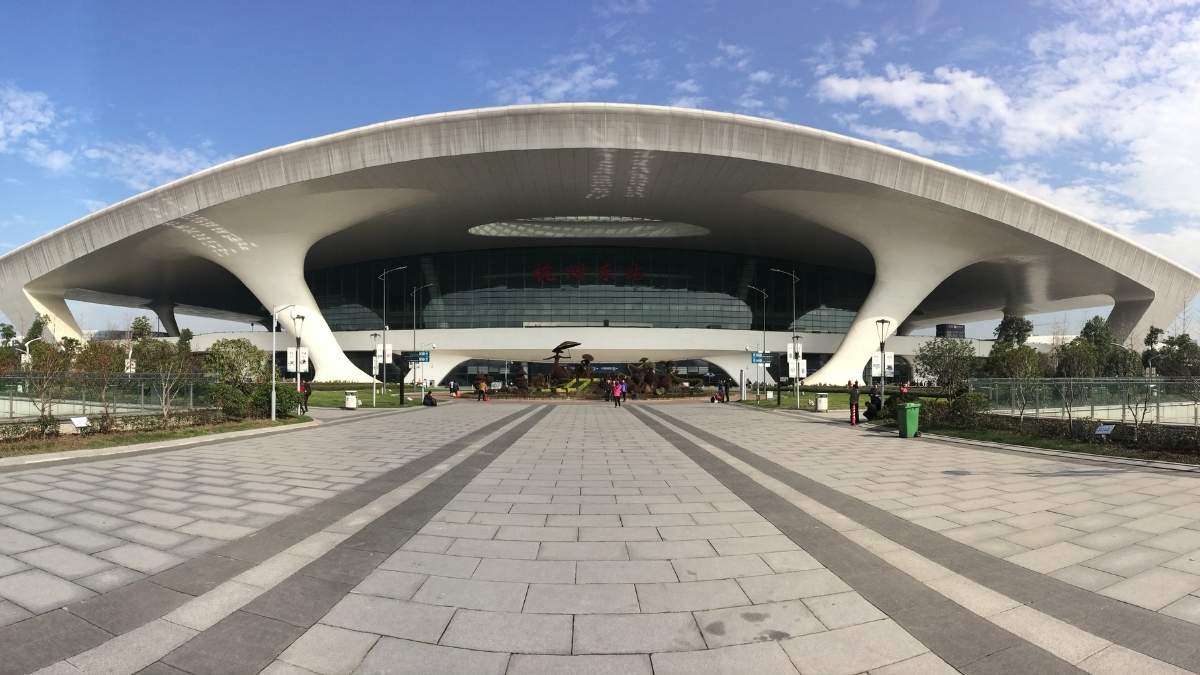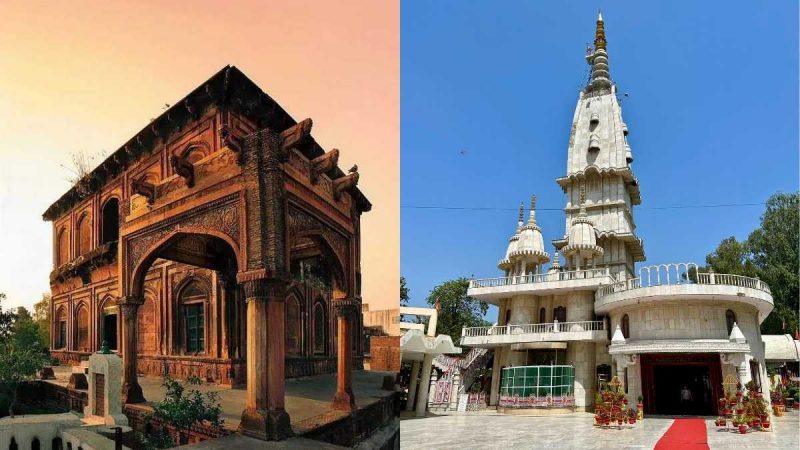Nestled in Uttar Pradesh, Meerut is a historic city with a rich past that dates back to ancient times. While it is famous for being the largest producer of sports goods and musical instruments in India, it is also the place where the mutiny of sepoys in the British East India Company’s army started in 1857. Not just that, the Meerut district is also home to Hastinapur, the ancient capital mentioned in the Mahabharata. Meerut has several landmarks that reflect its historical and cultural significance, and here are 10 such notable places that you cannot miss out on.
10 Must-Visit Historical Landmarks In Meerut
1. Augarnath Temple
Dedicated to Lord Shiva, Augarnath Temple is an ancient Hindu temple located in the Cantonment area of Meerut. While the origin or the actual year of the formation of this temple is unknown, it holds great significance in the history of India’s independence. Historians believe that the great revolt of India’s independence in 1857 started from this temple’s complex. The temple has since become popular among pilgrims as well as historians.
Also Read: 10 Best Local Markets In Meerut For Traditional Shopping
2. Hastinapur
In the epic Mahabharata, Hastinapur was mentioned as the capital of the Kuru Kingdom. According to historians, the present-day Meerut district is home to this ancient city. Nestled in the Doab region, this place is also known for being the birthplace of three Jain Teerthankara, becoming an important centre for Jain devotees as well.
3. Mustafa Castle
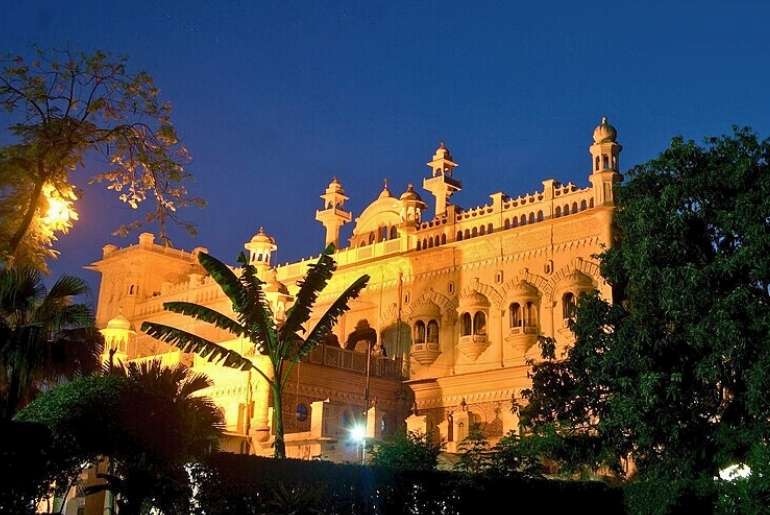
Mustafa Castle was built in 1900 and serves as a memorial to Nawab Mustafa Khan Shefta. He was one of the most eminent and accomplished poets and critics of his time and this historic landmark in Meerut was built by his son, Nawab Mohammad Ishak Khan. The castle is widely famous for its distinguished architecture–a blend of British, Rajasthani, and Lucknowi styles– and its historical importance.
4. Shahpeer Sahab Ki Dargah
Shapir or Shahpeer Sahab ki Dargah is a mausoleum in Meerut constructed during Mughal Era by the queen, Noor Jahan. It was built in 1628 to honour a local Muslim Hazrat Shahpeer who is said to be the teacher of the Emperor Jahangir and physician/advisor to the queen. pic.twitter.com/mZQFyF8E1P
— Kanak Sharma (@Kanak__Mtc) January 22, 2023
Also known as Shapir, Shahpeer Sahab Ki Dargah was built in 1628 by Mughal Empress Nur Jahan. The Mughal-era mausoleum honours Hazrat Shahpeer, who is also believed to be the teacher of the Mughal Emperor Jahangir. It was built with red sandstone and features classic and intricate Mughal-style carvings, jali work, and floral motifs. One of the most distinctive features of this dargah is its domeless design. Historians believe that the work on this historic landmark in Meerut was left unfinished after Hazrat Shahpeer’s death and has since become the most unique feature of this place.
5. Chandi Devi Temple
Located near Surajkund, Chandi Devi Temple in Meerut is famous for the annual Nauchandi Mela held after Holi. This temple was built by Ahilyabai Holkar, the famous queen of the Maratha Malwa kingdom. Hundreds of devotees visit this temple every year, especially around Holi to soak in the festive atmosphere.
6. Vidura Ka Tila
Another evidence of Mahabharata in Meerut is Vidura Ka Tila, an archaeological site that has around 50-60 feet tall mounds. Archaeological excavations between 1950-52 unearthed what historians believe to be the former abode of Vidura, the intellectual minister of the Kauravas. So, if you love mythology or are a history buff, then make sure to visit this landmark in Meerut.
7. St John’s Church
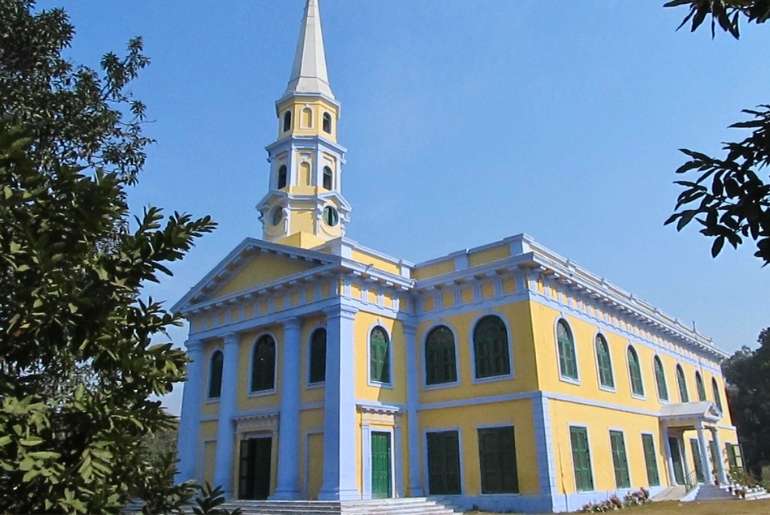
Besides being a city of historic relevance, Meerut also has several landmarks that reflect its deep cultural heritage. The city is home to St John’s Church, the oldest Church in North India. Surrounded by lush trees, the church was built in 1819, during the British colonial period. The cemetery near the church has the graves of British soldiers and their families who were killed during the revolt of 1857.
8. Digambar Jain Temple
This centuries-old Jain temple in Meerut is one of the most revered temples in the region. This historic landmark in Meerut has seven altars with matching shikharas. The first one is known as ‘Tikal Wale Baba’ and devotees believe that it was divinely constructed. There are around 720 idols representing the 24 Tirthankaras placed in this temple.
9. Parikshitgarh Fort
Blending mythology and history, Parikshitgarh Fort is said to be named after King Parikshit, the grandson of Arjuna from Mahabharata. According to the locals, the fort was originally built by Tomar Rajputs in the 11th century. It then underwent restoration, on orders of Gurjar ruler Raja Nain Singh Nagar in the 18th century. The Parikshitgarh Fort is a lesser-known but important historical landmark in Meerut.
10. Shahi Eidgah
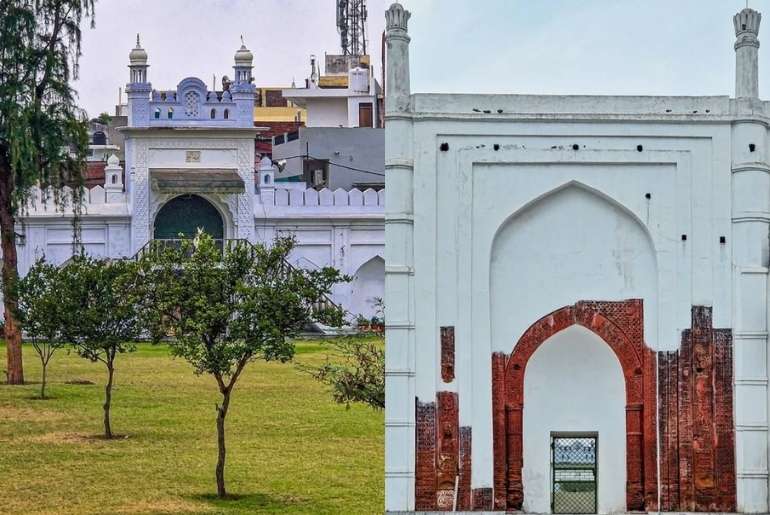
Shahi Eidgah is a religious and historical landmark in Meerut that was built almost 600 years ago! It is said to have been built by the youngest son of Iltutmish, the 8th king of the Delhi Sultanate. It is one of the largest mosques in Meerut and is widely known for its stunning architecture.
Cover Image Courtesy: X/AvathiOutdoors & Wikimedia Commons
For more such snackable content, interesting discoveries and the latest updates on food, travel and experiences in your city, download the Curly Tales App. Download HERE. First Published: June 17, 2025 5:24 PM
